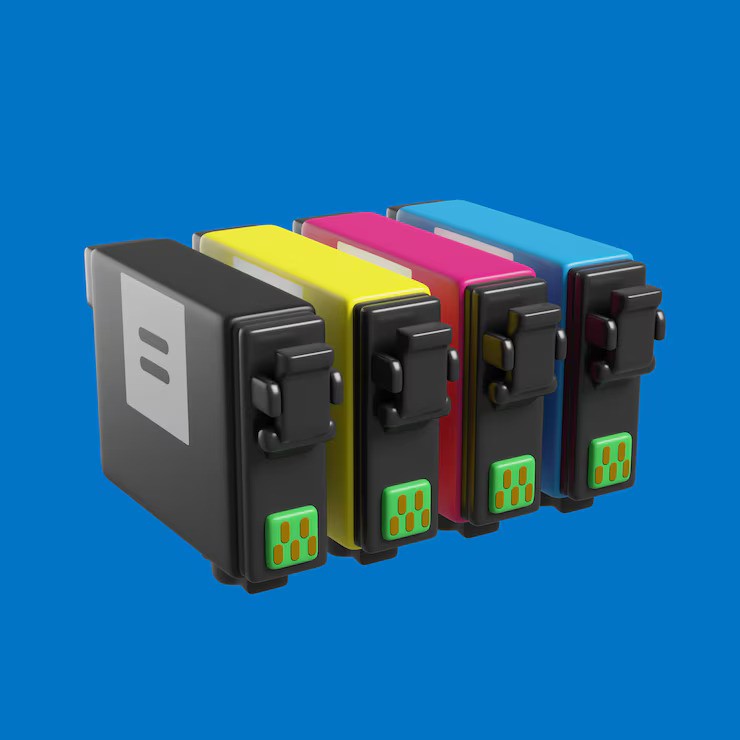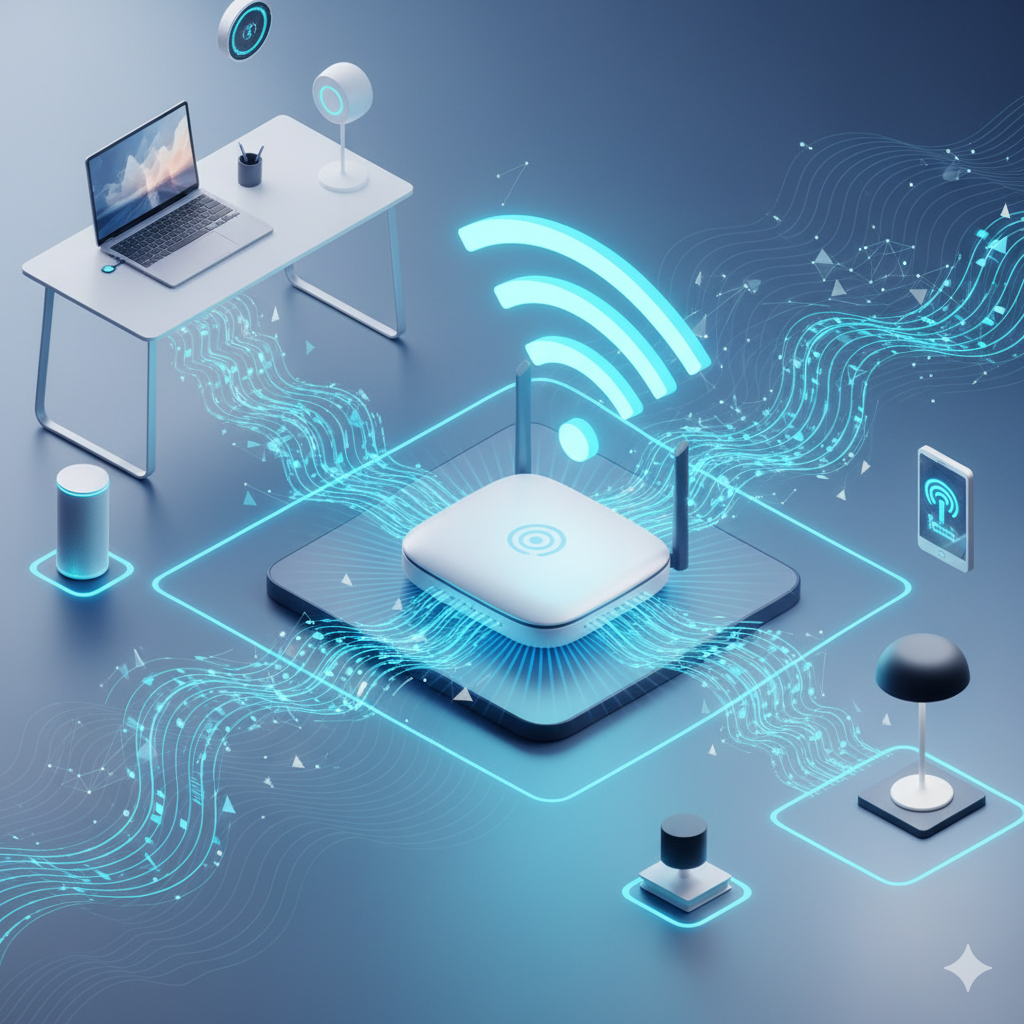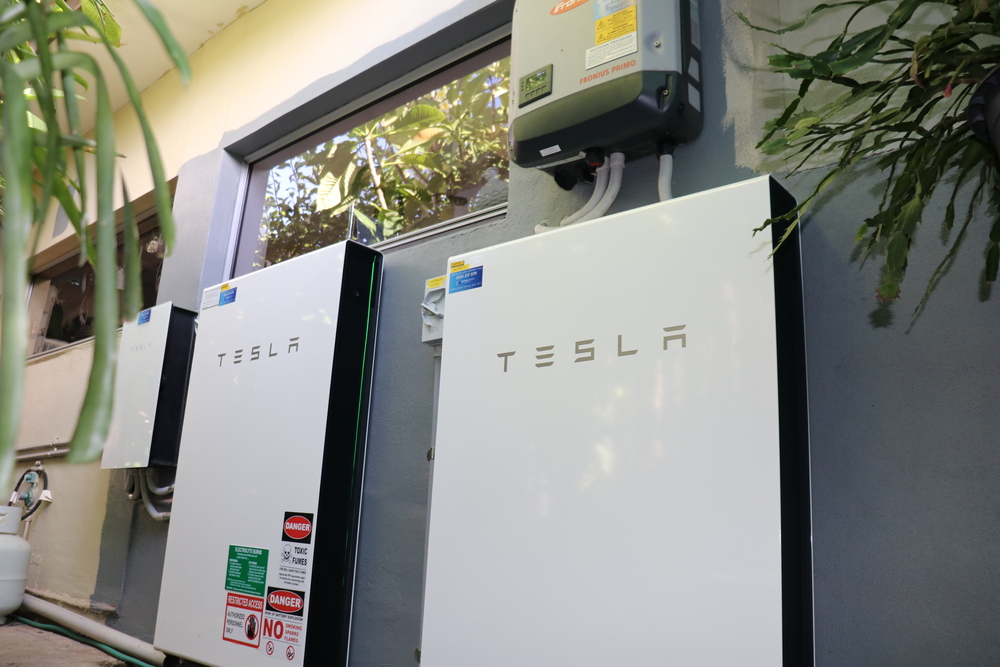Maintaining a printer involves more than just refilling paper and replacing ink cartridges. A well-maintained printer not only produces high-quality prints but also extends the lifespan of the device.
Understanding the different parts of your printer and how to care for them is essential for ensuring consistent performance. This guide will take you through the key aspects of printer maintenance, focusing on the most important components and best practices.
Understanding the Importance of Printer Maintenance
Printer maintenance is crucial for ensuring that your device operates smoothly and efficiently. Regular upkeep helps prevent common issues such as paper jams, poor print quality, and hardware malfunctions. By taking the time to care for your printer, you can avoid costly repairs and replacements, ultimately saving both time and money.
Moreover, consistent maintenance enhances the longevity of your printer. When the printer’s parts are kept in good condition, they are less likely to wear out prematurely. This not only improves the overall performance but also ensures that the printer delivers high-quality results every time you use it. Whether you’re using the printer at home or in a business setting, proper maintenance is key to getting the most out of your device.
Key Printer Parts and Their Functions
To effectively maintain your printer, it’s essential to understand the key components that make up the device. The main parts include the print head, ink cartridges, paper rollers, and the fuser unit. Each of these components plays a critical role in the printing process, and their proper functioning is vital for achieving optimal print quality.
The print head is responsible for transferring ink onto the paper, while the ink cartridge supplies the ink needed for printing. The paper rollers ensure that the paper moves smoothly through the printer, and the fuser unit uses heat to bond the toner or ink to the paper. By familiarizing yourself with these parts, you can better understand how to care for them and identify potential issues before they become major problems.
Proper Care for Ink Cartridges
Ink cartridges are one of the most crucial components of a printer, and they require special attention to ensure they function correctly. It’s important to regularly check the ink levels and replace the cartridges when they are low to avoid poor print quality. When you buy ink cartridge, make sure to choose the right type for your printer model to prevent compatibility issues.
Storing ink cartridges properly is also essential for maintaining their quality. Keep them in a cool, dry place away from direct sunlight to prevent the ink from drying out or leaking. Additionally, avoid touching the metal contacts on the cartridges, as oils from your skin can cause connectivity issues and affect the printer’s performance.
Cleaning the Print Head
The print head is a vital part of the printer, responsible for delivering ink onto the paper. Over time, the print head can become clogged with dried ink, leading to streaks, smudges, or gaps in your prints. Regular cleaning of the print head is necessary to maintain print quality and prevent these issues.
Many printers have a built-in cleaning function that can be accessed through the printer’s settings menu. Running this cleaning cycle periodically will help keep the print head in good condition. If your printer doesn’t have this feature, you can manually clean the print head using a soft, lint-free cloth and a small amount of water or isopropyl alcohol. Be sure to follow the manufacturer’s instructions for cleaning to avoid damaging the print head.
Maintaining Paper Rollers
Paper rollers are responsible for feeding paper through the printer. If these rollers become dirty or worn, they can cause paper jams or misfeeds, leading to frustration and wasted paper. Regularly inspecting and cleaning the paper rollers is an important part of printer maintenance.
To clean the paper rollers, turn off the printer and unplug it from the power source. Use a lint-free cloth dampened with water to gently wipe the rollers, removing any dust, dirt, or ink residue. Make sure the rollers are fully dry before resuming printer use. If the rollers are worn or damaged, consider replacing them to ensure smooth paper handling.
Caring for the Fuser Unit
The fuser unit is a critical component in laser printers, responsible for bonding the toner to the paper using heat. Over time, the fuser unit can accumulate toner residue, which can affect print quality and cause paper jams. Regular cleaning of the fuser unit helps maintain optimal performance and prolongs its lifespan.
To clean the fuser unit, consult your printer’s manual for specific instructions, as the process can vary depending on the model. Generally, you’ll need to carefully detach the unit and wipe it down with a soft cloth to remove any toner buildup. Be cautious when handling the fuser unit, as it can be hot and sensitive to damage.
Updating Printer Software and Firmware
Keeping your printer’s software and firmware up to date is an often-overlooked aspect of maintenance, but it’s crucial for ensuring that your printer operates smoothly. Manufacturers regularly release updates that fix bugs, improve performance, and add new features. By keeping your printer’s software current, you can avoid compatibility issues and take advantage of the latest improvements.
To update your printer’s software, check the manufacturer’s website for the latest drivers and firmware. Most printers also have an option to automatically check for updates through the printer’s settings menu. Regularly updating your printer ensures that it continues to perform at its best and can prevent potential issues from arising.
Storing Your Printer Properly
If you plan to store your printer for an extended period, it’s crucial to take the proper precautions to prevent any damage. Begin by removing the ink cartridges and storing them in a cool, dry place. Clean the print head, paper rollers, and fuser unit to prevent any buildup of dust or ink residue during storage.
Store the printer in its original box or a protective covering to shield it from dust and moisture. Keep it in a temperature-controlled environment, away from direct sunlight or extreme temperatures. Proper storage will help ensure that your printer is ready to use when you need it again and that it remains in good working condition.
Troubleshooting Common Printer Issues
Despite regular maintenance, you may occasionally encounter issues with your printer. Common problems include paper jams, poor print quality, and connectivity issues. Being able to troubleshoot these problems effectively can save you time and prevent unnecessary frustration.
For paper jams, carefully remove any stuck paper and check the paper rollers for debris. If you experience poor print quality, try cleaning the print head or replacing the ink cartridges. Connectivity issues can often be resolved by restarting the printer and checking the connection settings. If problems persist, consult your printer’s manual or contact customer support for further assistance.
Conclusion
Regular printer maintenance is essential for ensuring that your device performs reliably and produces high-quality prints. By understanding the key components of your printer and learning how to maintain them, you can prolong its lifespan and prevent common problems.
Whether you’re managing a busy office or a home setup, taking the time to maintain your printer will pay off in the long run. Keep your print quality top-notch—buy an ink cartridge and avoid downtime in your workflow.









